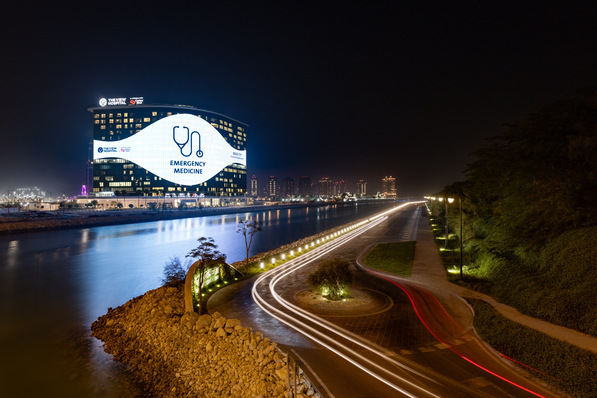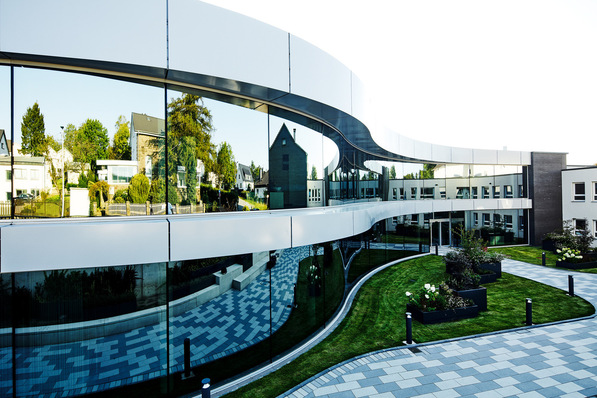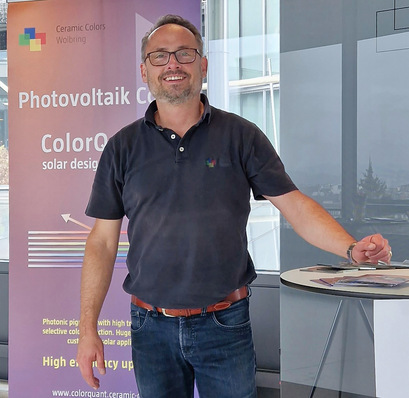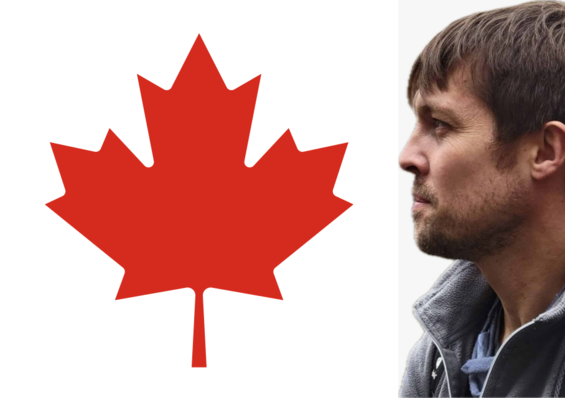The energy efficiency class A of the Green Hall 2 building is a prime example of how architecture can harmoniously be merged with the environment. The sweeping facade follows the bend of the Neris river, on the banks of which the Green Hall Valley is located, and the landscape is reflected by the window panes.
The facade elements were manufactured by Schüco in Germany, while the planning and assembly was performed on site in Lithuania by KG Constructions UAB. The architects paid attention to the principles of sustainability even where the most miniscule details were concerned. Thus, the insulating bars of the façade system are produced using polyamides from renewable raw materials.
IG units with flexible warm edge
In order to let in as much natural daylight as possible and thus also thermal energy into the building’s interior, the double facade covering an area of 3,800m2 consists of triple insulating glass units with solar control glazing on the outside and thermal insulation glazing in the middle.
It achieves an impressive Uw value of 0.6 W/m2K. Flintermann Insolierglas GmbH supplied the concave-curved triple insulating glass units for the curved edges of the façade, in a 2.800 x 3.800m format using exactly the same window pane design, and 16 mm Super Spacer TriSeal Premium Plus as spacer.
"Super Spacer TriSeal Premium Plus is our product for simple manual processing using large-format insulating glazing and facade glass panes due to the fact the polyisobutylene seal is already pre-applied by us," explains Edgetech’s authorised signatory, Johannes von Wenserski (www.superspacer.com).

Reinhard Gruber from Flintermann added: "When using curved insulating glass units of this size, and what’s more in a climatic zone where it can be extremely cold in winter and very hot in summer, the spacer is of particular importance for the durability of the edge seal.
A flexible spacer offsets weather-related pumping movements, thus reducing the pressure on the primary seal, whilst we also have the necessary flexibility during the production of curved special forms."













